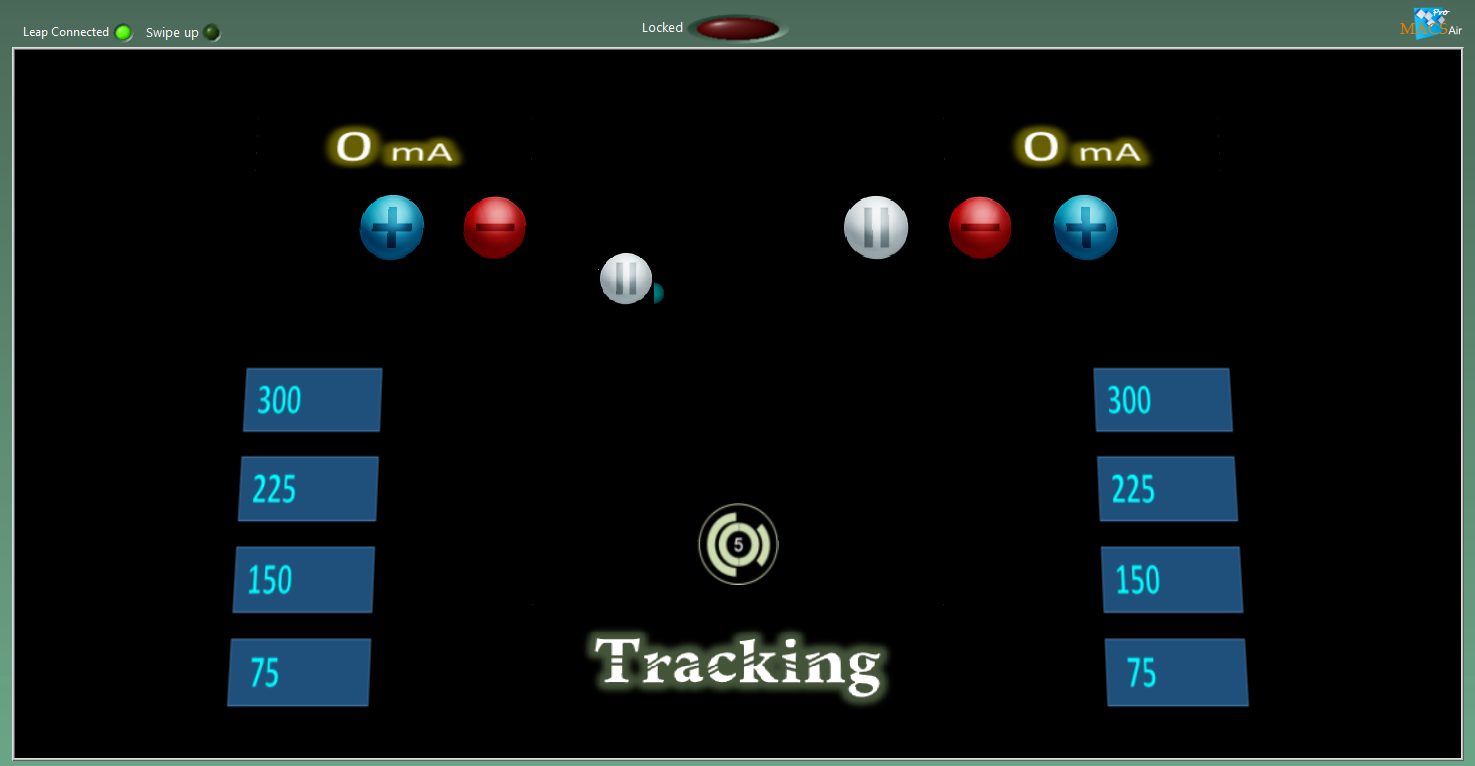No surgeon likes to walk away from a patient on the operating table with a tube in their heart. While coronary catheterization can help people with a wide variety of heart problems, physicians are still forced to leave their patient’s side to control the catheter and avoid breaking sterile procedures. But that’s about to change. Thanks to Craig Winser and Hua (Michael) Chen of DriftCoast, surgeons may soon be able to touchlessly control cardiac catheters within the operating theater – saving precious time and energy.
Saving lives with a series of tubes
This is a catheter – a tiny tube that surgeons push through the large arteries of your body. While it might not look like much, it can help diagnose cardiac disease, or even place stents to prevent heart attacks.
The catheter’s movements are controlled by sending a tiny current of electricity through the device. When combined with a magnetic resonance imaging (MRI) machine, the magnetic field created by the electricity interacts with the field from the MRI itself. This causes the catheter to deflect. At the same time, the MRI makes it possible to tell exactly where the catheter is – and where it needs to go.
Right now, in order to control catheters in this cutting-edge medical procedure, surgeons must leave the operating theater to control a mouse-and-keyboard interface. That’s where Craig and Hua enter the picture.
Enter DriftCoast and touchless interaction
Craig is a 30-year IT veteran who creates new approaches to integrating technology in medicine, while Hua is a Chinese computer science student in Nova Scotia, Canada. Together, they created a product mockup called SterileAir, which used the Leap Motion Controller in a sterile surgical instrument assembly area of a hospital. Inspired by the possibilities of Leap Motion technology in sterile environments, they took their idea to the next level, and began designing MACSAir.
There remains a barrier between the medical professional in certain sterile environments and the data they require to provide better patient care. Current technologies and methods of interacting with these technologies were not made with the MRI surgical suite in mind.
Can you imagine trying to use a computer with a mouse and keyboard during a cardiology procedure in an MRI room? Neither can we, but we can certainly envision a touchless, gesture-based system to control this technology. That’s the gap we’re bridging with MACSAir.
MACSAir is designed to be an intuitive gesture-based interface that makes it easy to access and manage information in the MRI suite. Working with the University of California, San Francisco (UCSF), Craig and Hua are working to bring touchless capability to manipulating catheters in MRI machines during heart surgery – reducing the time that patients need to spend under the knife. Here’s a screenshot of their software in action:

With this setup, surgeons can select the electricity value, and select the polarity of that value by using the top buttons. Then, by hitting a foot pedal on the floor, they can activate the current to control the catheter.
Medicine’s digital revolution is far from over
Raised in the Internet age, the newest generation of physicians tends to embrace newer technologies in the OR. But just like new drugs and experimental therapies, new medical software must pass a gauntlet of tests and approvals before going mainstream. This can take years, especially since real-world testing often involves using expensive machinery. Getting reliable access to an MRI – a massive scanning machine that can cost a million dollars or more – can be difficult and expensive.
The LEAP.AXLR8R was able to help partner Craig and Hua with physicians who have been working for a decade to bring their own catheter product to market. MACSAir is now being tested with this existing catheter hardware and MR suite. But Craig says that working with other teams at the AXLR8R has also made a huge difference.
We’ve learned so much about the business of business. Helping us build a compelling product is just a very small part of what the AXLR8R program has done for us. It’s opened up opportunities for us that would otherwise have been impossible.
Arvind Gupta is the founder of the LEAP.AXLR8R and partner at SOSventures. This post originally appeared on the LEAP.AXLR8R blog.


[…] Last week, we saw how touchless gaming can train your brain and help with physical rehab. But what if the Leap Motion Controller could be used to control medical devices during heart surgery? […]
April 1, 2014 at 10:03 am[…] project, MACSAir, is a touchless control system for a cardiac catheter – a tiny tube that can be maneuvered […]
May 20, 2014 at 2:14 pm[…] operating room, for instance, computers are often used to display information about the patient and medical imaging data such as preoperative scans. When images on this screen need to be rotated, or a different view is […]
June 25, 2014 at 4:01 am